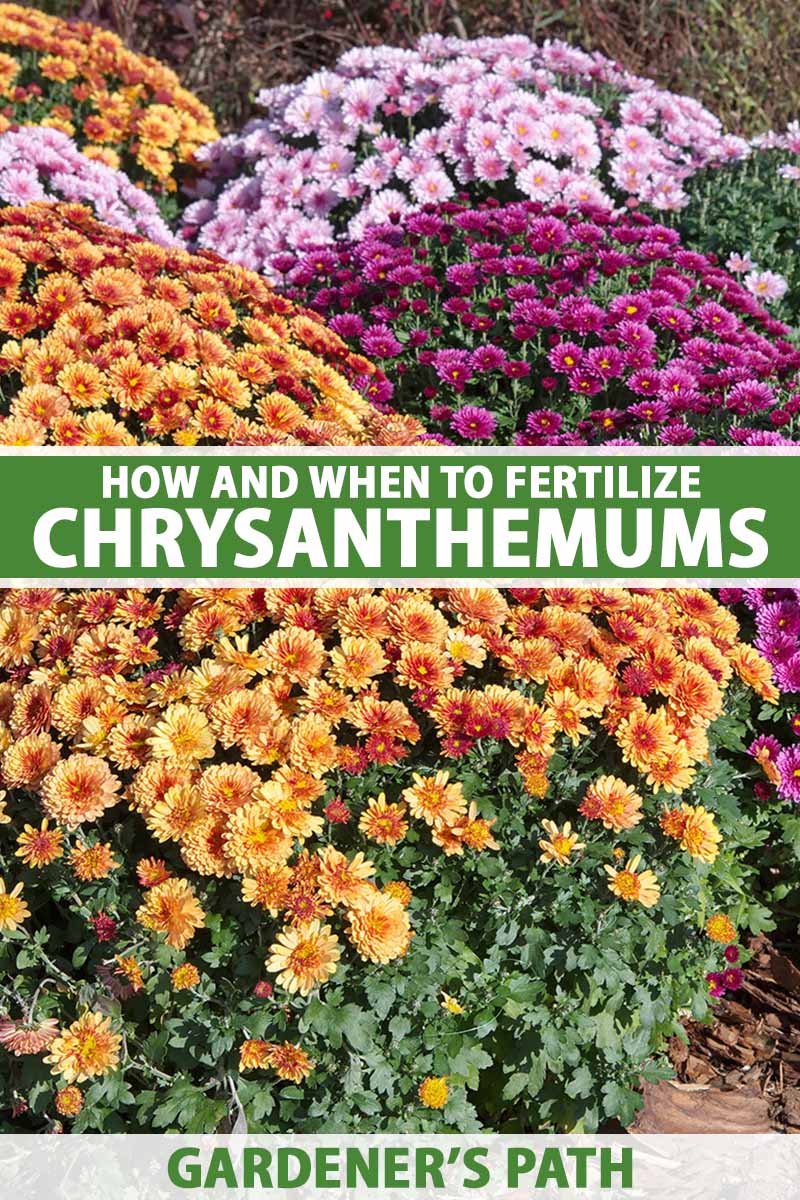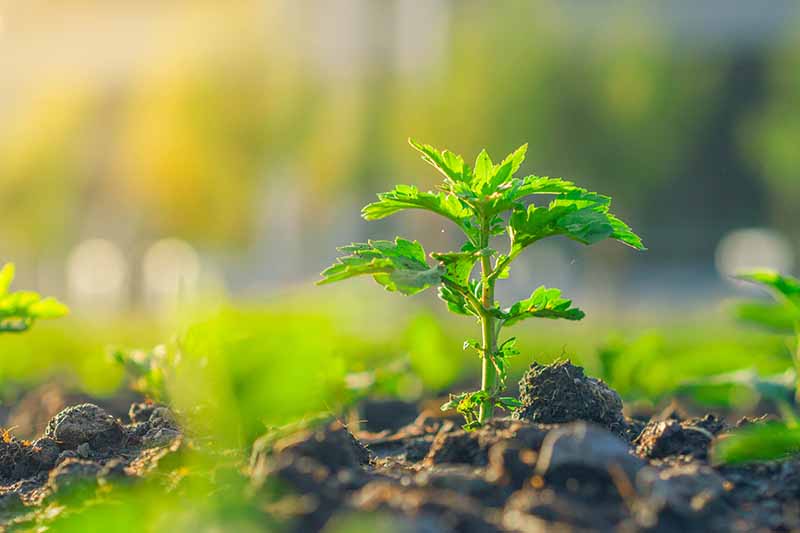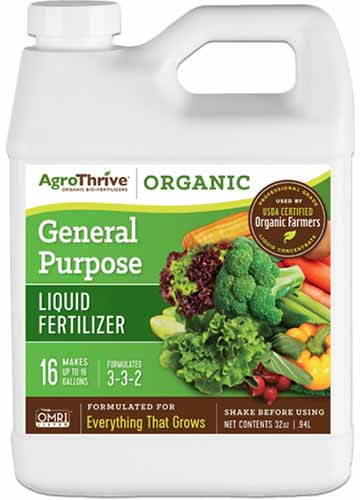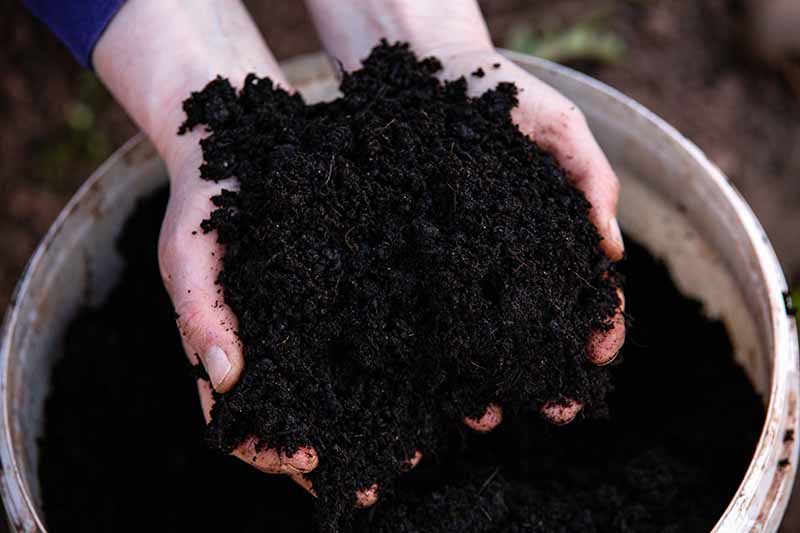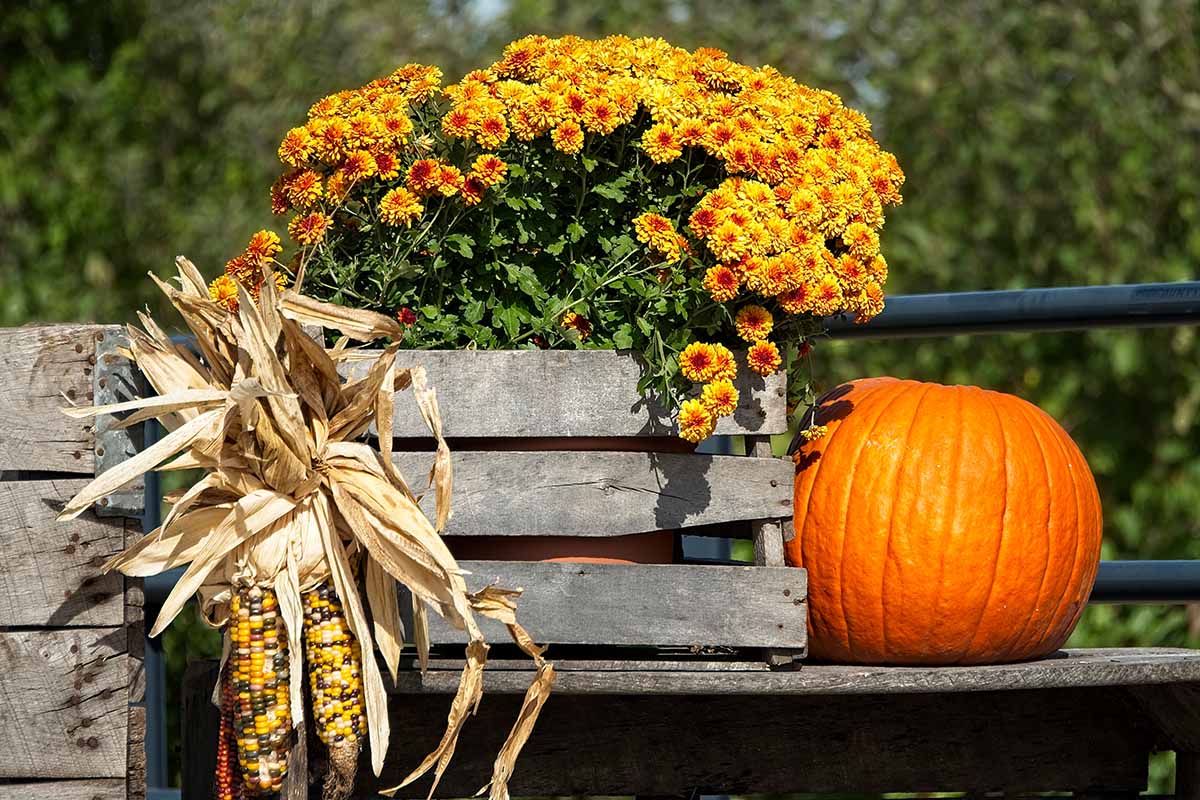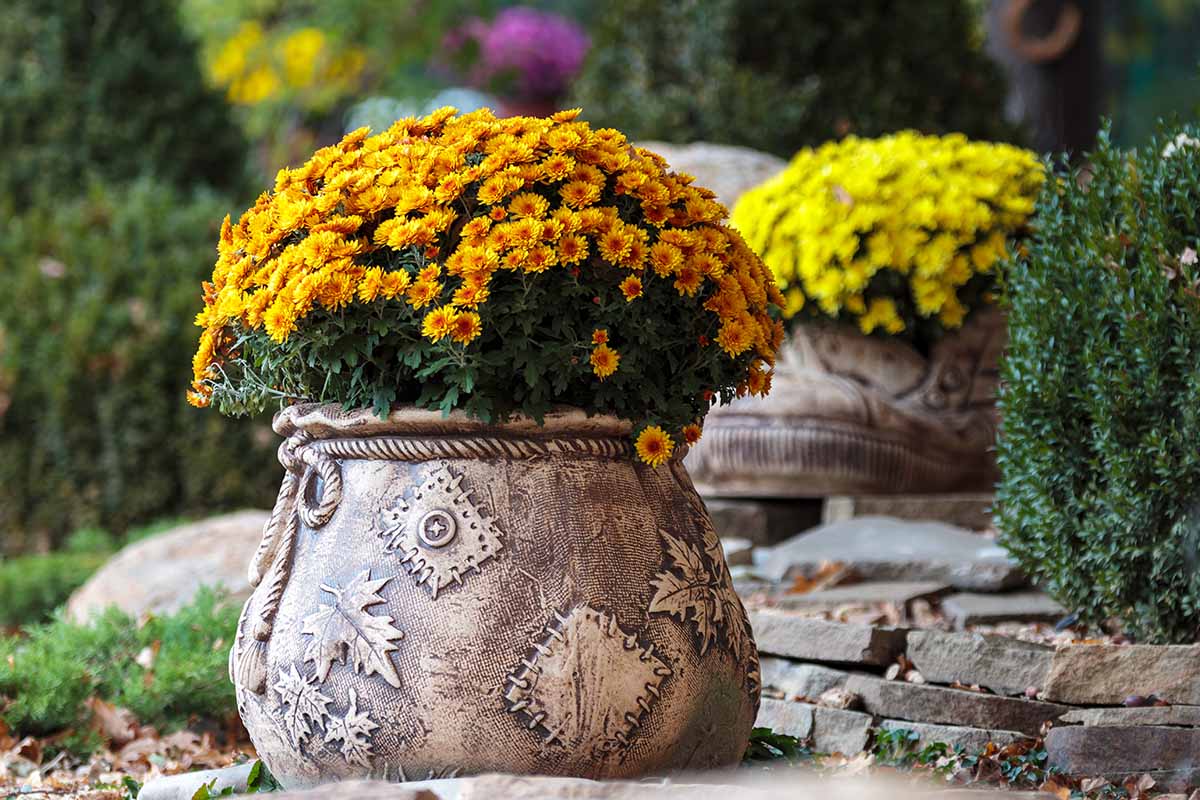After coddling my fussy old world roses all summer, I’m more than ready for the easy-going late-season color that these reliable beauties provide. As the summer heat starts to fade, they’re just getting started. We link to vendors to help you find relevant products. If you buy from one of our links, we may earn a commission. A little feeding, a bit of deadheading (optional, of course), and you’re usually good to go. Just sit back and sip your pumpkin spice latte as you watch the show. Having said that, if you go the extra mile to fertilize these plants carefully, you’ll likely see a bigger, more beautiful display than you would have otherwise. If you need a refresher on how to grow and care for mums, check out our guide. Coming right up, we’re going to go over all the different options for when and how to fertilize your chrysanthemums to foster the biggest, best floral display. It’s all about understanding what nutrients your plants need, and when they need them. Here’s what we’ll chat about: When and how to fertilize depends entirely on when you planted your chrysanthemums and how long you plan to keep them around. Seedlings need different fertilizer treatment than well-established plants. We’re about to break it all down.
Mums Started from Seed
If you have started your hardy mums from seed, once the seedlings have three or more true leaves, it’s time to act. At this stage you can use well-rotted compost or an all-purpose, mild fertilizer. After that, you can optionally fertilize once more six to eight weeks before the last projected frost date. Don’t heap the compost so that it’s touching the stem, however. There should be about an inch of space between the stem and the compost. If you prefer to use an all-purpose fertilizer, use something mild and balanced (or nearly so), like a 1-1-1, 2-2-2, 3-3-2, or 3-3-3 (NPK). Agro Thrive’s General Purpose Liquid Fertilizer (3-3-2 NPK) is a perfect option that I highly recommend. AgroThrive General Purpose Liquid Fertilizer Arbico Organics carries it in 32-ounce and one-gallon containers. Mix three tablespoons with a gallon of water and apply at the soil level. Repeat the application after two weeks. From there, you can follow the steps for established plants laid out below.
Established Mums
Established hardy mums – meaning those that have been in the ground for at least a year and have reached their full size – should be fed once when the buds are forming and again when the first flush of flowers has fully opened. An application of compost or some all-purpose, mild food is all you need. If you use AgroThrive, mentioned above, mix a half cup with a gallon of water and apply at the soil level. For compost, side dress the plants with a heaping handful or two. You can also use a slow-release, granular option, in which case you’ll only need to feed your plants once in the spring or summer when the buds have formed but before they have opened. When you purchase mums at the store in the spring or summer, they’ve usually been fertilized by the grower before being sent to the store. That means they’re still happy and well-fed. You don’t need to add any additional food for six weeks. At that point, you can begin feeding as described above.
Mums Planted in the Fall
Chrysanthemums are short-lived perennials, but many people opt to grow them as annuals. We have a guide that explains the lifespan of these plants in more detail. If you purchase your plants in the late summer or early fall for some late-season color, you can offer them some mild, all-purpose fertilizer like the one mentioned above, or a side dressing of compost a month after planting. As mentioned above, nursery plants purchased at the store will have already been fertilized by the grower, but it doesn’t hurt to give them a little extra boost to promote bountiful flowering.
Container Mums
As a general rule, plants growing in containers are going to need more frequent feeding than those planted in the ground. To feed container flowers, give them a balanced, mild liquid fertilizer like AgroThrive described above as the buds are forming and every four weeks thereafter. Stop feeding four weeks before the first predicted frost date. Jobes Biozome Fertilizer
Bountiful Blooms
Chrysanthemums are exceptionally low-maintenance, but every plant needs a little love now and then. A little fertilizer applied at the right time and you’ll be reaping the rewards with all that lovely late-season color. If you’ve ever seen a big, healthy chrysanthemum shrub smothered in blossoms then you know how incredible that display can be. Achieve this by maintaining your babies throughout the season. How are you growing your fall beauties? Do you grow them as annuals and toss them in the autumn? Or have you been caring for a chrysanthemum plant for years? Do you start yours from seeds? Let us know in the comments. Looking for a little more help making the most of your chrysanthemums? Check out the following guides next:
How to Winterize Hardy Garden MumsHow to Use Chrysanthemums for Pest Control in the GardenHow to Identify and Manage Powdery Mildew on Chrysanthemums
